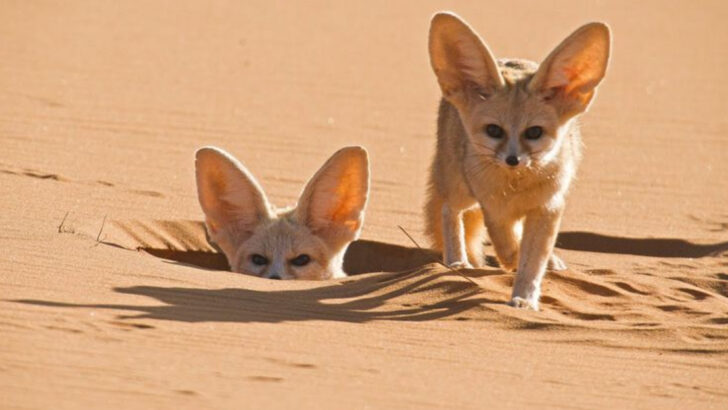When the heat scorches the ground and bakes the air, some wild animals don’t just survive—they chill in style. Think elephants turning mud baths into spa days. Or lizards doing handstands to keep their toes off hot sand. These creatures aren’t sweating it out—they’re outsmarting the sun. From desert foxes with satellite dish ears to monkeys that dive like Olympic swimmers, nature has mastered the art of staying cool. And here’s the best part—you can actually spot some of these heat-hackers in the wild. They’re out there, lounging, splashing, and making summer survival look easy. So while we’re reaching for the AC remote, these animals are giving a masterclass in creative cool. Let’s see how they do it—and where you might catch them in action.
Fennec Fox
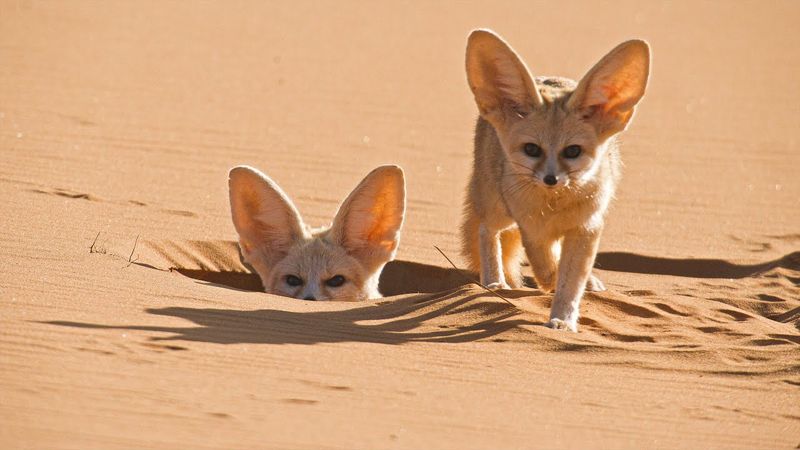
Fennec foxes, with their oversized ears, are nature’s adorable air conditioning units. Their ears help dissipate heat, making them well-suited for the Sahara Desert’s extreme temperatures. These nocturnal creatures avoid the sun by emerging at night to hunt. Their sandy-colored fur provides perfect camouflage against predators.
Visit the Sahara Desert to see these elusive foxes in their natural habitat. You’ll be mesmerized by their playful antics and survival skills. Their small size and distinctive features make them a must-see for any wildlife enthusiast.
Kangaroo Rat
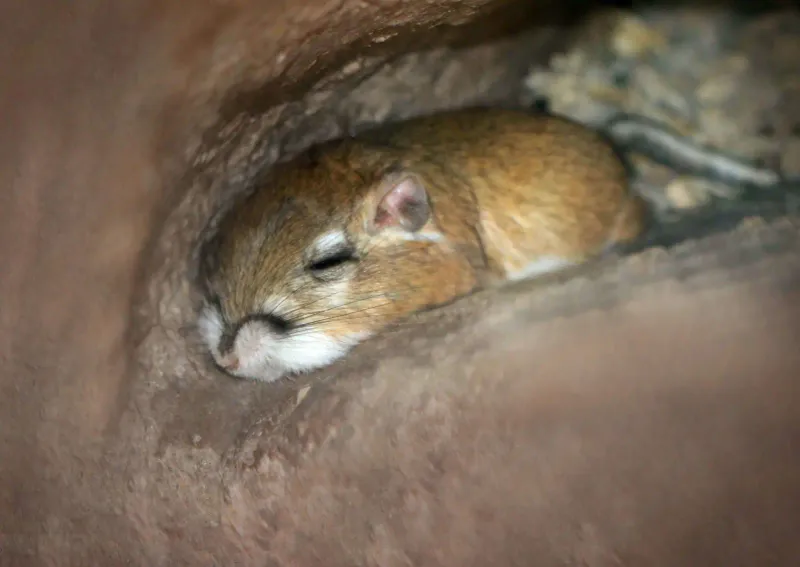
The kangaroo rat is a desert survivor extraordinaire. These small rodents never drink water; instead, they get moisture from seeds they consume. By being nocturnal, they avoid the scorching daytime heat. Their burrows keep them cool and safe from predators.
In Southwestern US deserts, you can find these agile jumpers. Their ability to thrive in such harsh conditions is remarkable. Witnessing their swift, bounding movements is a delight for any nature lover. Their resilience and resourcefulness make them stand out among desert dwellers.
African Elephant
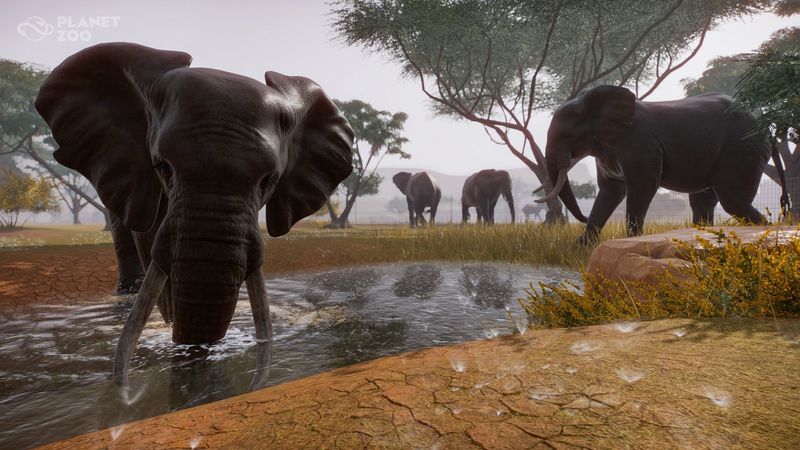
African elephants, with their majestic size, have unique ways to keep cool. Their large ears act as fans, helping to regulate body temperature. Elephants also love a good mud bath, which cools them and protects their skin from the sun.
Visit the savannahs of Africa to observe these gentle giants in action. Watching them splash water and flap their ears is a captivating experience. Their social interactions and intelligent behaviors add to their charm. These iconic creatures are a symbol of wildlife conservation efforts.
Polar Bear
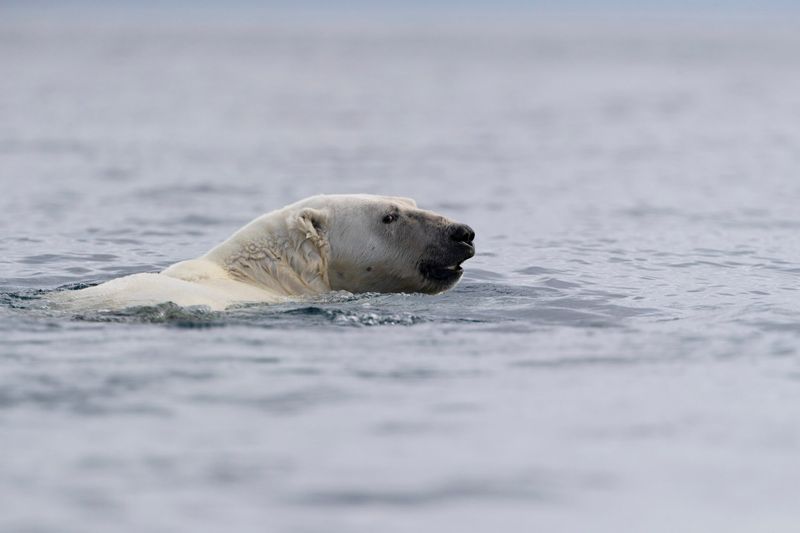
Polar bears, although living in cold climates, have interesting ways to manage body heat. Their thick fur and a layer of fat insulate them from freezing temperatures, yet they can overheat. Swimming in chilly waters allows them to cool down after hunting.
In the Arctic regions, you can witness these powerful swimmers. Observing their grace in water is an unforgettable spectacle. Their adaptations to such extreme environments highlight nature’s ingenuity. These bears are a top attraction for adventurers.
Thorny Devil
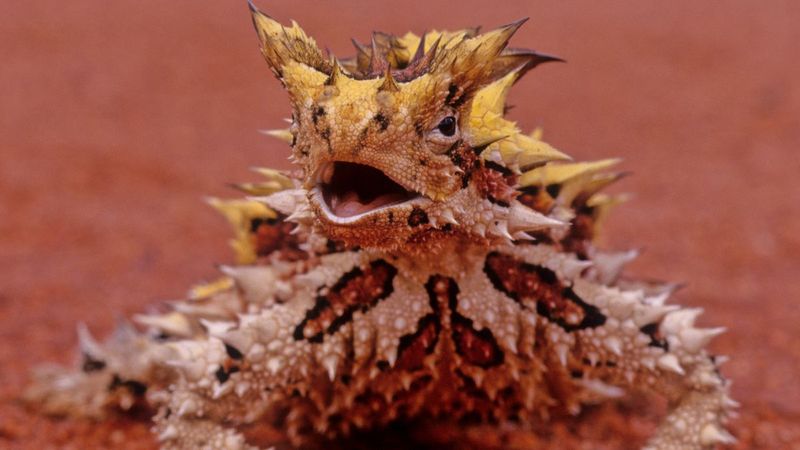
The thorny devil lizard has a quirky appearance with spikes covering its body. These spikes help channel water directly to their mouths, a vital adaptation in arid Australia. To beat the heat, they change colors and absorb dew in the mornings.
Spotting a thorny devil in the Australian Outback is a thrilling adventure. Their unique look and survival techniques make them a natural wonder. Despite their fierce appearance, they are harmless and fascinating to observe.
Saharan Silver Ant
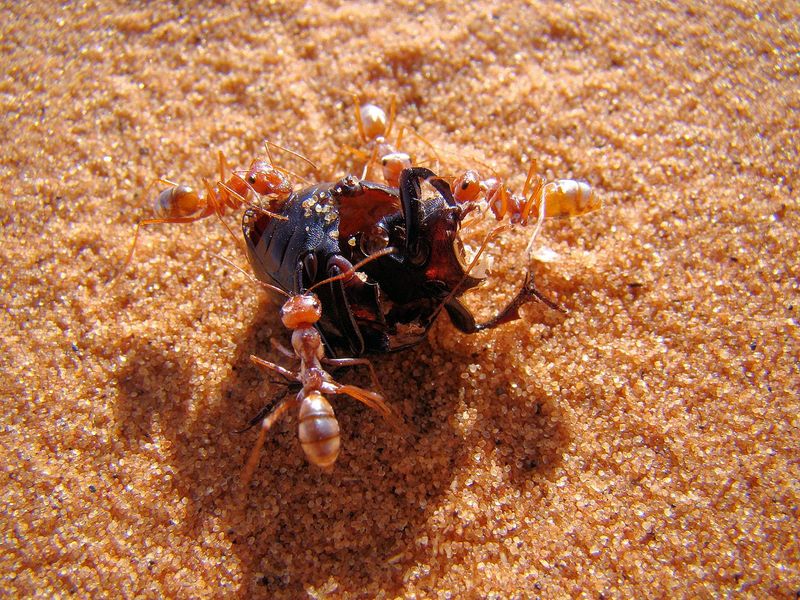
The Saharan silver ant is a master of heat tolerance. These ants endure temperatures up to 50°C while foraging for food. Their silver hairs reflect sunlight, reducing body heat. They have a short foraging window during the hottest part of the day.
In the Sahara Desert, you can observe their rapid movements and resilience. Their small size belies their incredible adaptability. Watching them in their natural habitat showcases nature’s impressive survival strategies. These ants are a testament to life’s tenacity in extreme environments.
Gila Monster
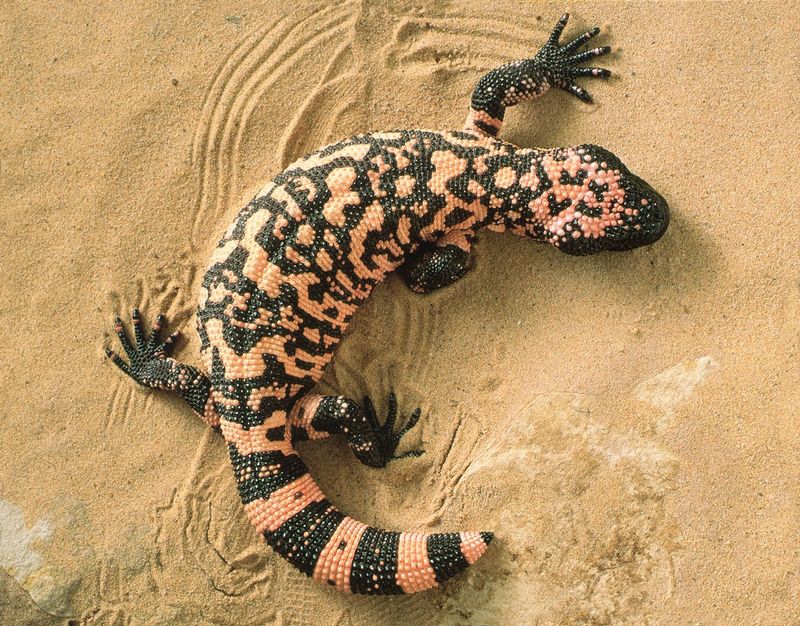
Gila monsters are one of the few venomous lizards, known for their vivid patterns. They regulate temperature by basking in the sun and retreating to cool burrows. Their slow metabolism aids in conserving energy.
In the deserts of the American Southwest, these lizards are a rare sight. Their striking appearance and slow, deliberate movements captivate observers. Despite their name, they are generally non-aggressive. Witnessing a Gila monster in its rugged environment is an unforgettable experience.
Emperor Penguin
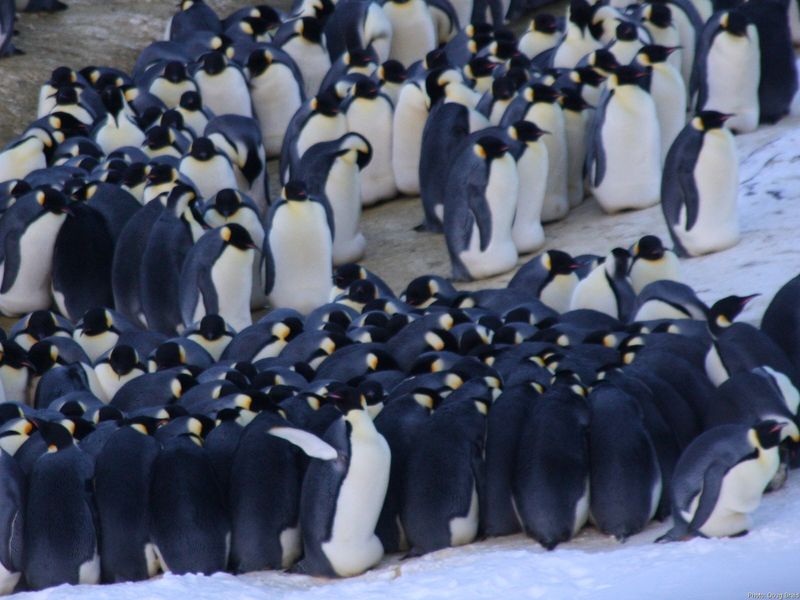
Emperor penguins are renowned for their group huddling behavior. This communal strategy allows them to conserve heat in freezing Antarctica. They rotate positions, ensuring each penguin gets a turn in the warmer center.
In the icy landscapes of Antarctica, these penguins are a symbol of endurance. Watching them waddle and slide across the ice is a charming sight. Their social structure and parenting skills are equally impressive. These birds are a highlight for any polar expedition.
Desert Tortoise
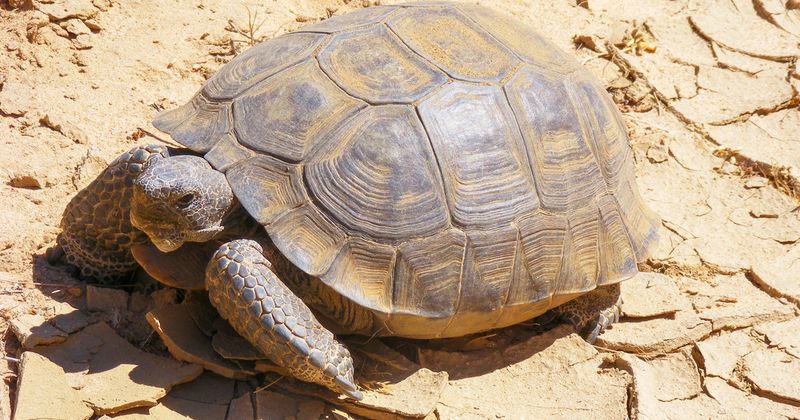
The desert tortoise has mastered the art of slow living to beat the heat. They spend most of their time in burrows, emerging during cooler temperatures to forage. Their tough shell and slow metabolism help them conserve water and energy.
In the deserts of the southwestern United States, these tortoises are a testament to patience and resilience. Observing their unhurried movements provides insight into desert ecology. Their ability to thrive in such harsh conditions is inspiring.
Dromedary Camel
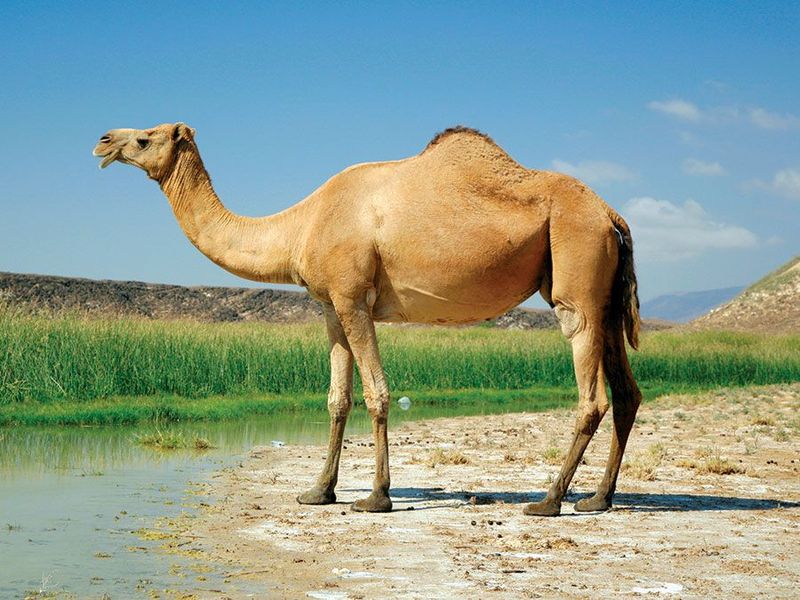
Dromedary camels, with their single hump, are iconic desert travelers. They store fat in their humps, providing energy and water conservation. Their thick coats insulate against intense heat, while long eyelashes protect from sand.
In Middle Eastern deserts, camels are a vital part of nomadic life. Watching them traverse vast sandscapes is a humbling experience. Their ability to endure long journeys without water is legendary. These camels are a symbol of desert survival.
Meerkat

Meerkats are social creatures known for their vigilant behavior. Living in the Kalahari Desert, they beat the heat by foraging in the early morning or late afternoon. Their burrows provide refuge from the midday sun.
In the Kalahari, watching meerkats on sentry duty is captivating. Their social dynamics and playful interactions offer endless entertainment. They represent teamwork and adaptability in challenging environments. Observing meerkats is an enriching experience for wildlife enthusiasts.

